CK & Sons Textile : Your One-Stop Shop for All Your Packaging Items and Many More...
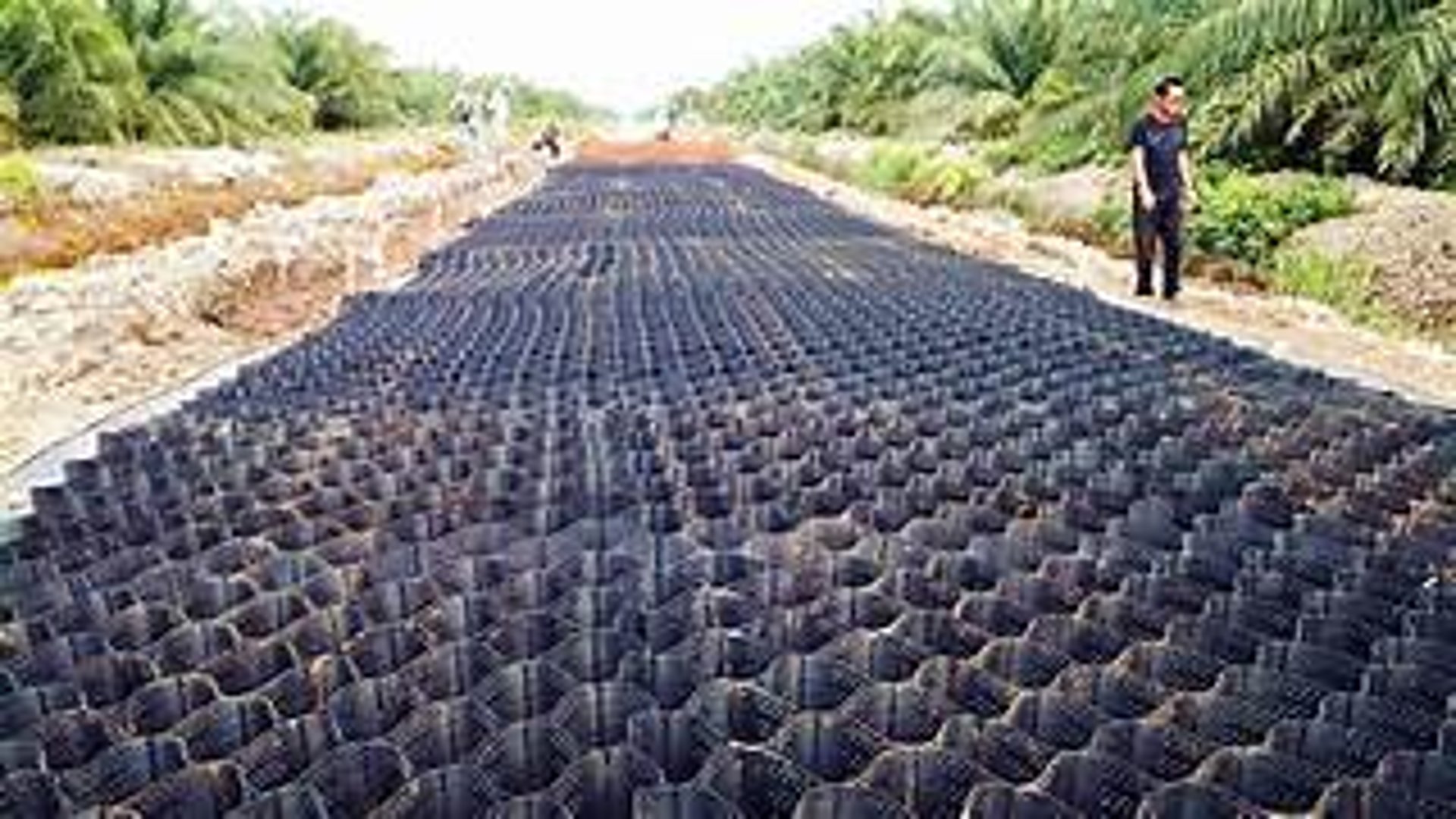
Geocell
A Geocell is a 3D honeycomb-like structure made from high-density polyethylene (HDPE) or polymer strips that are ultrasonically welded together. When expanded and filled with soil, gravel, or sand, it forms a stable layer used to reinforce, confine, and protect soil on slopes, roads, and embankments.
Cellular Confinement System for Soil Stabilization
Soil stabilization on weak subgrades
Erosion control on slopes, channels, and embankments
Load support for roads, pavements, and parking areas
Slope and channel protection
Retaining wall construction using geocell facing
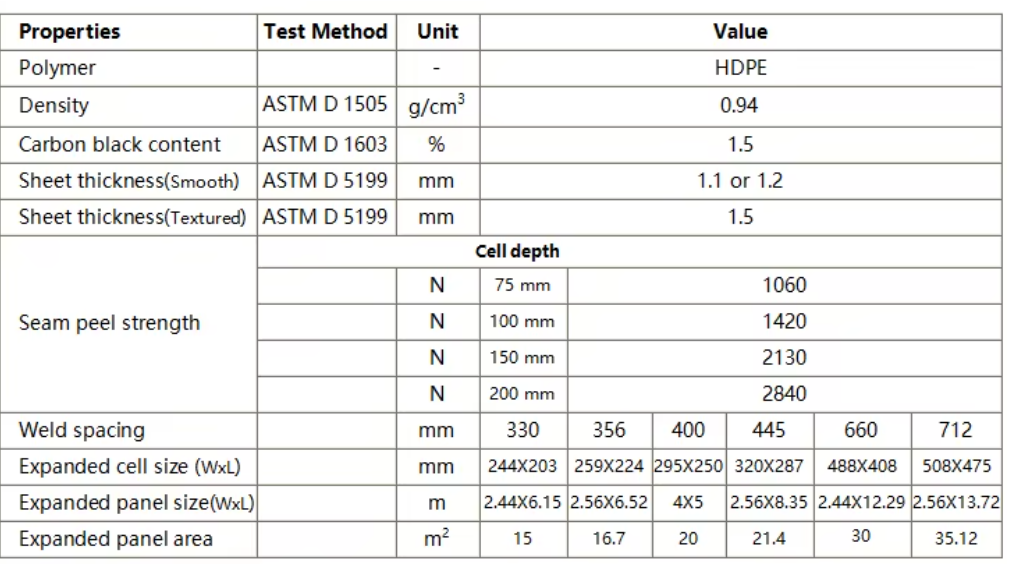

✅ What Are Geocells Used For?
✅ How Do Geocells Work?
Geocell panels are expanded on-site to form a honeycomb grid.
The cells are anchored and filled with locally available fill (soil, gravel, concrete).
The confined material resists lateral movement and distributes loads evenly.
This reduces pressure on the subgrade and prevents erosion or settlement.
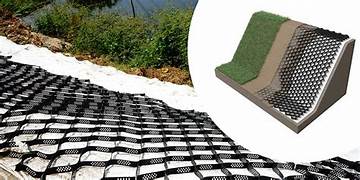

Technical Specification
High strength and durability – made from HDPE or polymer alloy
Lightweight and compact – easy to transport and install
Excellent load distribution – improves soil bearing capacity
UV and chemical resistant – for long-term outdoor use
Cost-effective – reduces need for expensive fill or deep excavation
Environmentally friendly – allows use of local infill materials
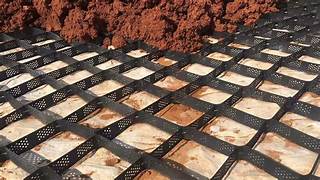

✅ Key Features & Benefits
✅ Applications
Road base reinforcement (temporary and permanent)
Railway subgrade stabilization
Embankment and slope protection
Channel lining for water flow control
Retaining wall support systems
Military and emergency access roads
Faster installation compared to concrete or stone structures
Reduces earthwork and material transport
Improves structural stability in soft soil areas
Adapts to terrain contours with minimal disturbance
Suitable for both permanent and temporary structures
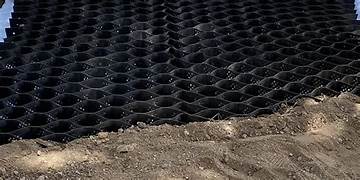

✅ Advantages Over Traditional Methods
✅ Installation Overview
Prepare the surface and base layer.
Expand and anchor the geocell panels.
Fill the cells with appropriate material.
Compact the fill and cap the top surface if required.
Geocell remains in place, confining the fill and reinforcing the structure.
